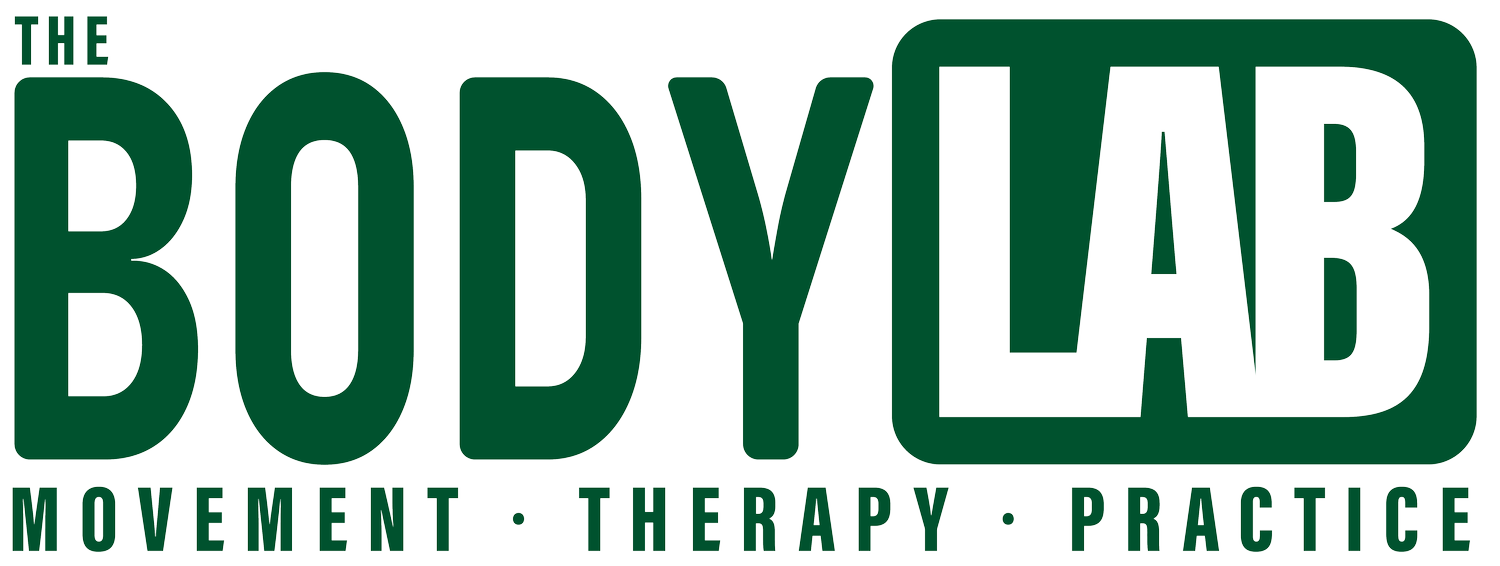The Myth of 'Neutral Spine': What It Really Means (and Why It Matters More Than Ever)
You’ve heard it. You’ve probably said it. You may have even printed it on a wall chart: “Find your neutral spine.”
But what exactly is that? And does it really mean the same thing for everyone?
Spoiler: Nope. Not even close.
For something so frequently used in physio, Pilates, personal training, and rehab spaces, “neutral spine” is poorly defined, overused, and often misapplied. The truth is, neutral isn’t a fixed place. It’s a dynamic range based on context, structure, and function—and it varies wildly between individuals.
What Is “Neutral Spine” Really?
“Neutral spine” refers to the sagittal alignment of the human spine—how the spine curves when viewed from the side. It includes:
• Cervical lordosis (neck curve)
• Thoracic kyphosis (mid-back outward curve)
• Lumbar lordosis (low back inward curve)
• Sacral kyphosis (fused, base of spine)
Most importantly, these are natural curves—not defects. But there’s no single measurement that defines “neutral.”
In fact, Clinical Biomechanics of the Spine by White and Panjabi shows lumbar lordosis ranging from 20° to 70°, and thoracic kyphosis from 20° to 50°, in healthy people aged 20–40 [1].
And that’s before we account for posture, ethnicity, training background, or age.
What the Research Actually Shows
Dr. Janis Savlovskis created a 3D model of a healthy spine using research from dozens of peer-reviewed studies. The takeaway? Even the most “neutral” spines are incredibly diverse.
Average measurements from his model, supported by large-scale research, include:
• Cervical lordosis (C2–C7): 17.7° [2,3]
• Thoracic kyphosis (Th4–Th12): 30.7° [4,5]
• Lumbar lordosis (L1–S1): 55.3° [6]
• Pelvic tilt: 14.0°, with pelvic incidence (the foundational angle of the spine-pelvis system) at 52.7° [7–9]
These ranges vary based on age, sex, physical activity, and ethnicity.
Your Spine Is Meant to Move — Not Stay “Neutral” All Day
When you walk, your spine doesn’t hold one static shape — it adapts with every step:
• At heel strike, the spine flexes slightly
• At toe-off, it extends and rotates
• Throughout gait, the pelvis tilts and the ribs rotate
Holding your spine in one “perfect” position all day, especially if you’re sitting at a desk or bracing during exercise, can:
• Limit your natural movement
• Create more stiffness
• Shift pressure to your hips, knees, or shoulders
Teaching your spine to move well — instead of holding still — is what creates long-term resilience.
Our Approach at The Body Lab (Canberra)
We help clients move better, reduce pain, and improve posture by:
✅ Analysing their unique spinal shape and gait
✅ Improving segmental mobility (neck, mid-back, pelvis)
✅ Restoring natural movement patterns
✅ Teaching practical home exercises to stay mobile
✅ Creating personalised plans based on your body — not the textbook
Try This Spinal Mobility Routine
A short 10-minute daily sequence to reset your spine:
1. Pelvic Tilts (2 min) – Lying down, gently rock the pelvis forward and back
2. Cat-Cow (2 min) – Slow, controlled spinal flexion and extension
3. Seated Twist with Reach (2 min) – Mobilise thoracic spine with breath
4. Roll-Down & Stack-Up (2 min) – Segmentally roll through the spine standing
5. Wall Neck Nods & Glides (2 min) – Reset head position and cervical mobility
Repeat daily or before workouts — this simple routine builds awareness and mobility without equipment.
Final Thoughts
There’s no such thing as one “perfect” spine. Your posture should support movement, not limit it.
Instead of locking your back in place, let’s focus on helping your body move with control, freedom, and balance.
📍 Want to learn more? Book a spinal mobility or posture session at The Body Lab Canberra. We’ll help you understand your spine, not fear it.
📞 Ready to feel better in your body?
Visit www.thebodylab.au to book your personalised movement and spinal mobility assessment.
At The Body Lab, we don’t chase posture perfection — we build posture that moves with you.
References
1. White AA, Panjabi MM. Clinical Biomechanics of the Spine. Lippincott Williams & Wilkins; 1990.
2. Guo G, et al. Cervical lordosis in asymptomatic individuals: a meta-analysis. J Orthop Surg Res. 2018;13(1):147.
3. Ao S, et al. Cervical kyphosis in asymptomatic populations. J Orthop Surg Res. 2019;14(1):322.
4. Vialle R, et al. Radiographic analysis of the sagittal alignment and balance of the spine in asymptomatic subjects. J Bone Joint Surg. 2005;87(2):260–267.
5. Todd C, et al. Comparison of radiological spino-pelvic sagittal parameters in skiers and non-athletes. J Orthop Surg Res. 2015;10(1):1–7.
6. Legaye J, Duval-Beaupère G. Gravitational forces and sagittal shape of the spine. Int Orthop. 2008;32(6):809–816.
7. Duval-Beaupère G, et al. A barycentremetric study of the sagittal shape of spine and pelvis. Ann Biomed Eng. 1992;20(4):451–62.
8. Roussouly P, et al. Classification of the normal variation in the sagittal alignment of the human lumbar spine and pelvis. Spine. 2005;30(3):346–353.
9. Savlovskis J. Sagittal Alignment of the Neutral Spine. Anatomy Standard. 2022. https://www.anatomystandard.com
